Major Shift in Los Angeles’ Water Management Strategy
City leaders in Los Angeles have announced a major shift in their water management strategy by limiting water diversions from creeks feeding Mono Lake.
This decision aims to preserve the recent rise in the lake’s level and help build a sustainable future for this vital ecosystem.
Export Plans for 2024
The Los Angeles Department of Water and Power (DWP) plans to export 4,500 acre-feet of water from the Mono Basin this year.

Source: California State Parks
This amount is the same as the previous year, enough to supply about 18,000 households annually, despite the city being allowed to take up to 16,000 acre-feet.
Environmental Impact and Historical Context
Decades of water withdrawals from Mono Lake’s creeks have led to significant ecological damage. The lake’s level dropped, exposing unique rock formations called tufa.
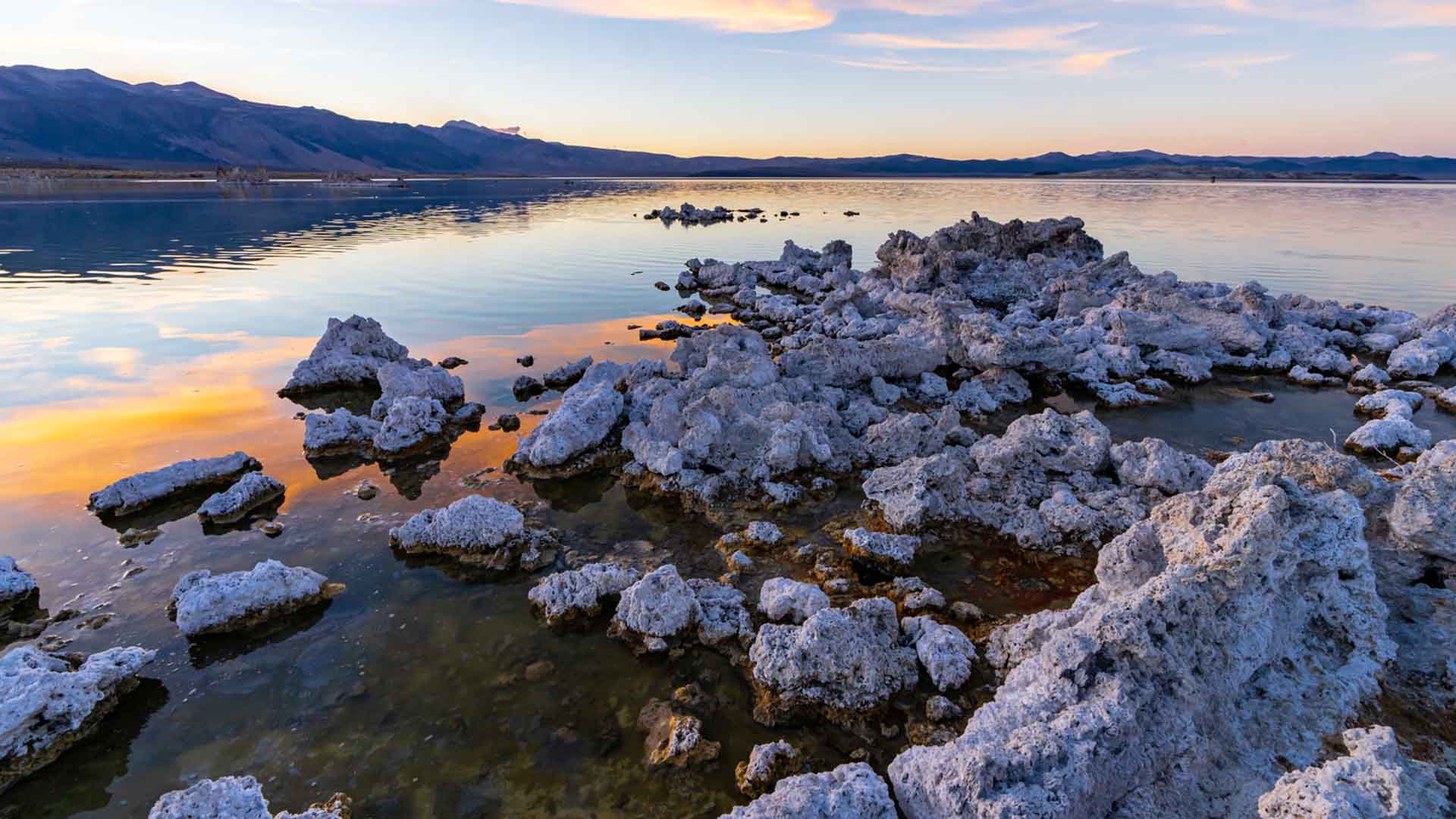
Source: California State Parks
A 1994 ruling by the State Water Resources Control Board aimed to restore the lake to a healthier level, highlighting the importance of sustainable water management.
Recent Gains in Lake Levels
Thanks to the historic snowpack in the Sierra Nevada and subsequent runoff, Mono Lake’s level has risen about 5 feet since the start of 2023.

Source: Ruvim Miksanskiy/Pexels
Environmentalists are optimistic that the city’s decision to limit water diversions will help preserve these gains and support the lake’s long-term health.
Praise from Environmental Advocates
Mark Gold from the Natural Resources Defense Council called the decision a historic accomplishment for the Bass administration.
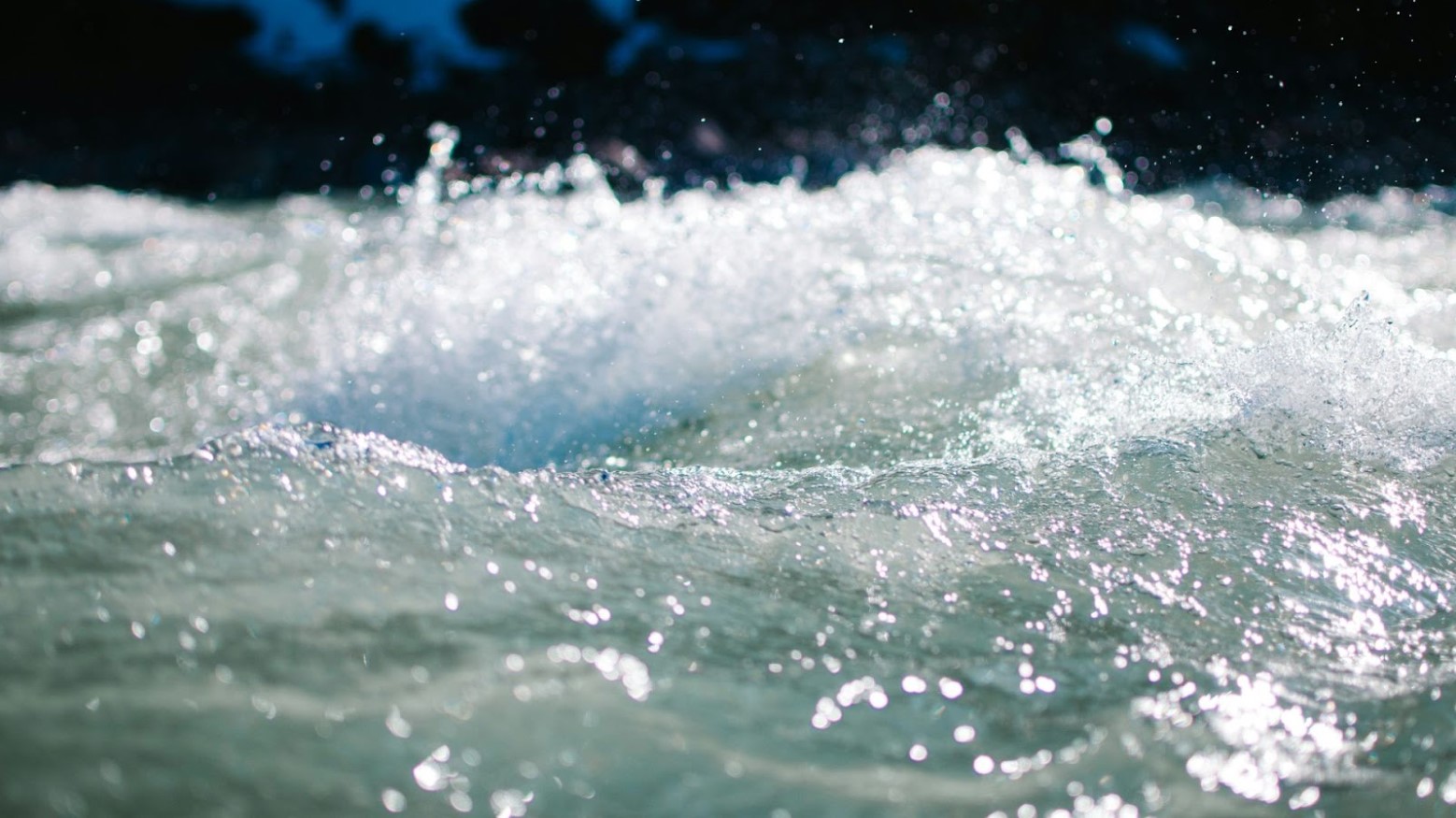
Source: Ezra Jeffrey-Comeau/Unsplash
He praised the city for taking less water than allowed and for showing good faith towards the environmental community, which had urged for reduced diversions.
City Officials’ Commitment
Mayor Karen Bass and Deputy Mayor Nancy Sutley emphasized their commitment to protecting water resources and building a greener Los Angeles.

Source: Pixabay/Pexels
Sutley mentioned that the city and DWP are exploring new sustainable methods to protect the environment, reflecting the administration’s priorities.
Supporting Local Wildlife
Mono Lake is a crucial habitat for shorebirds like Wilson’s phalaropes.
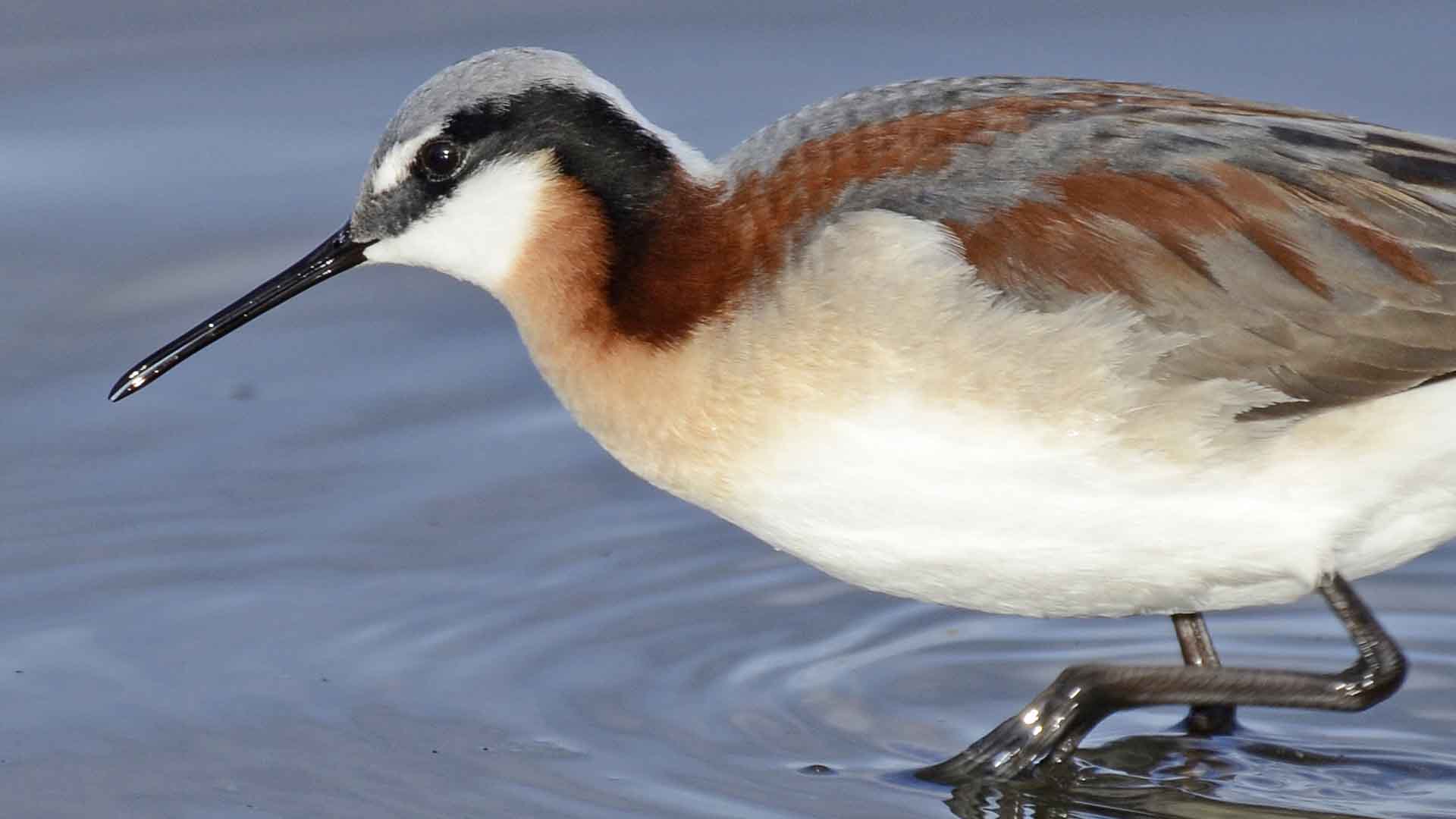
Source: VJAnderson/Wikipedia
By limiting water diversions, the city is helping to protect these species and the overall ecosystem, ensuring that the lake can support wildlife during their migrations.
Future Water Management Plans
DWP officials will review water conditions in November and could decide to export additional water if necessary, up to the limit of 16,000 acre-feet.

Source: Daniel Sinoca/Unsplash
This approach allows flexibility while prioritizing the lake’s health and environmental sustainability.
Thoughts from Key Stakeholders
Geoffrey McQuilkin from the Mono Lake Committee praised the decision, noting that it would keep the lake about three inches higher than it would be otherwise.
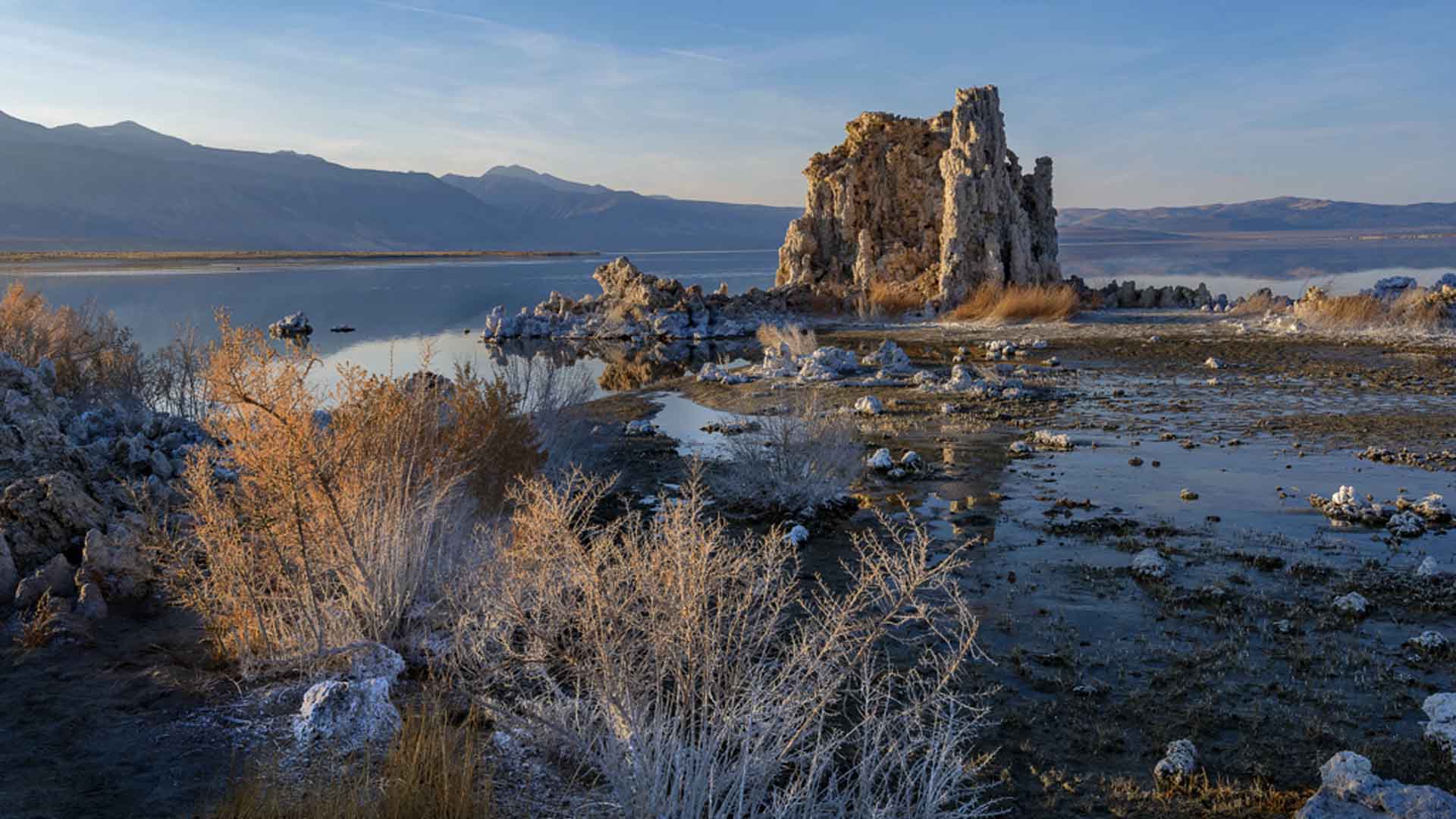
Source: California State Parks
He sees this as a sign of the city’s commitment to achieving the lake level target set by the state water board.
A Broader Shift in Water Strategy
Bruce Reznik from Los Angeles Waterkeeper sees this decision as part of a broader shift towards more resilient and local water supplies.

Source: Freepik
He advocates for investments in stormwater capture, groundwater cleanup, and wastewater recycling to reduce dependence on distant water sources.
Challenges and Opportunities
While the city has made progress in reducing water use, continued efforts are needed to address the challenges of water scarcity.
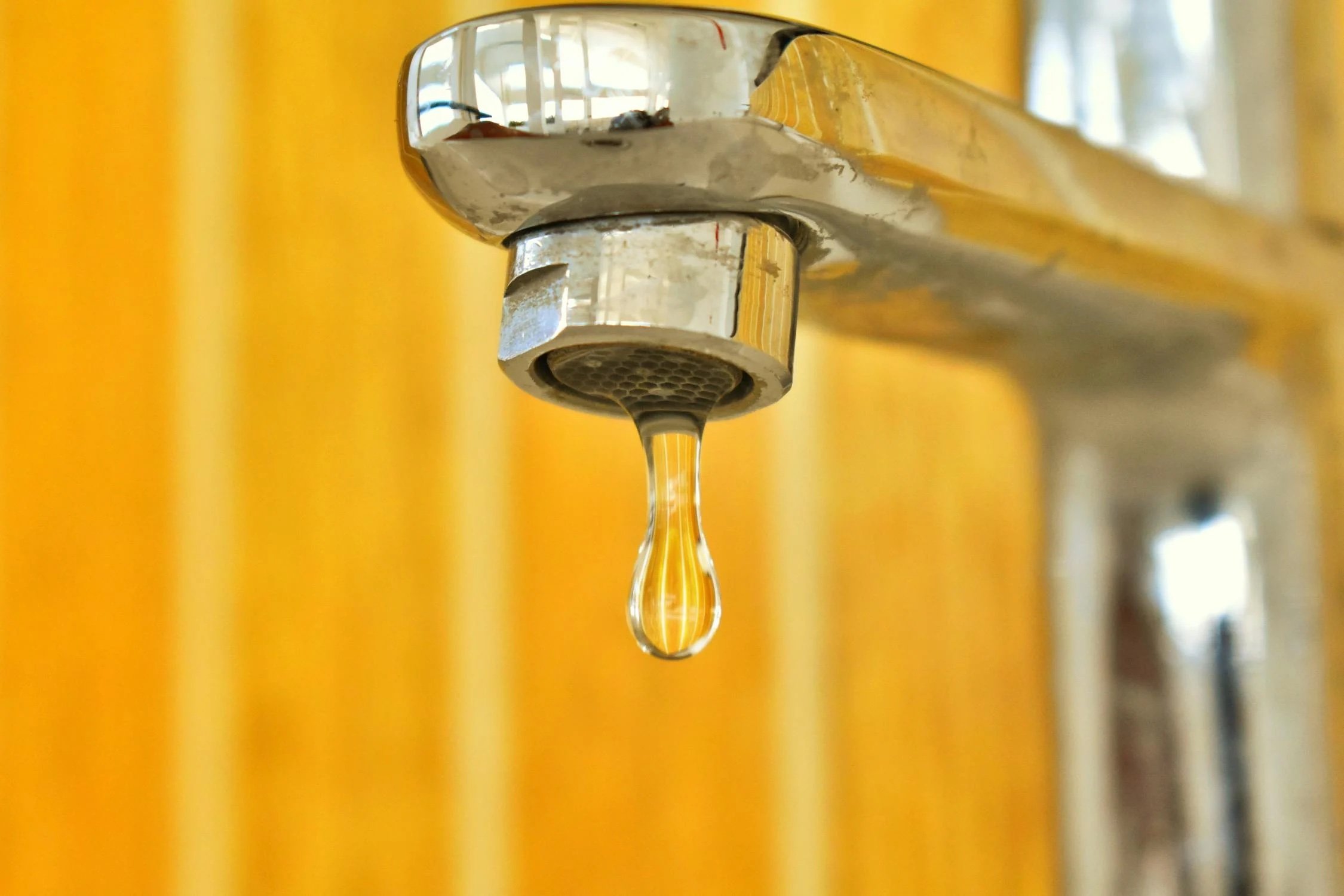
Source: Nithin PA/Pexels
By focusing on local solutions and sustainable practices, Los Angeles can build a more water-secure future.
Looking Ahead
The decision to limit water diversions from Mono Lake represents a significant shift in Los Angeles’ water management strategy.

Source: Steve Johnson/Unsplash
By balancing environmental concerns with water needs, the city is taking important steps towards a sustainable and resilient future.
